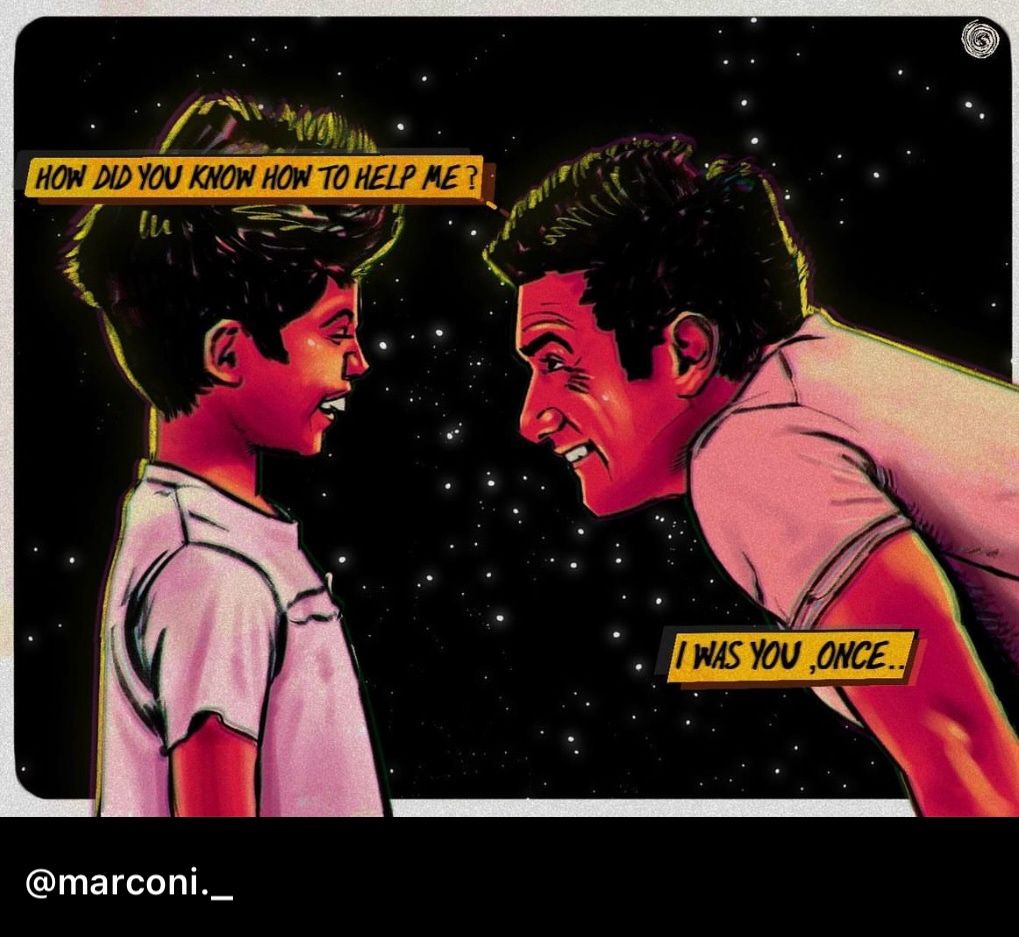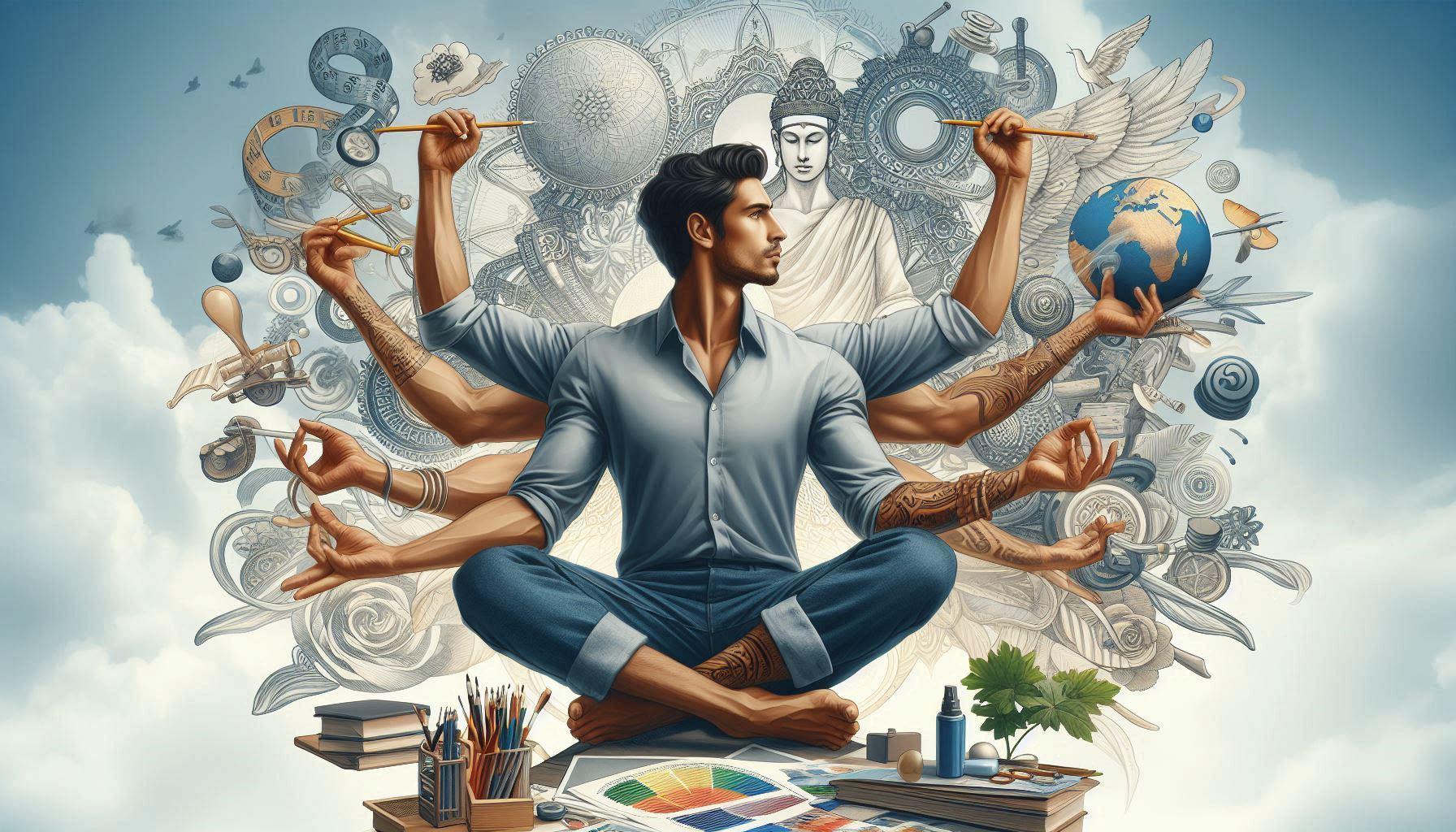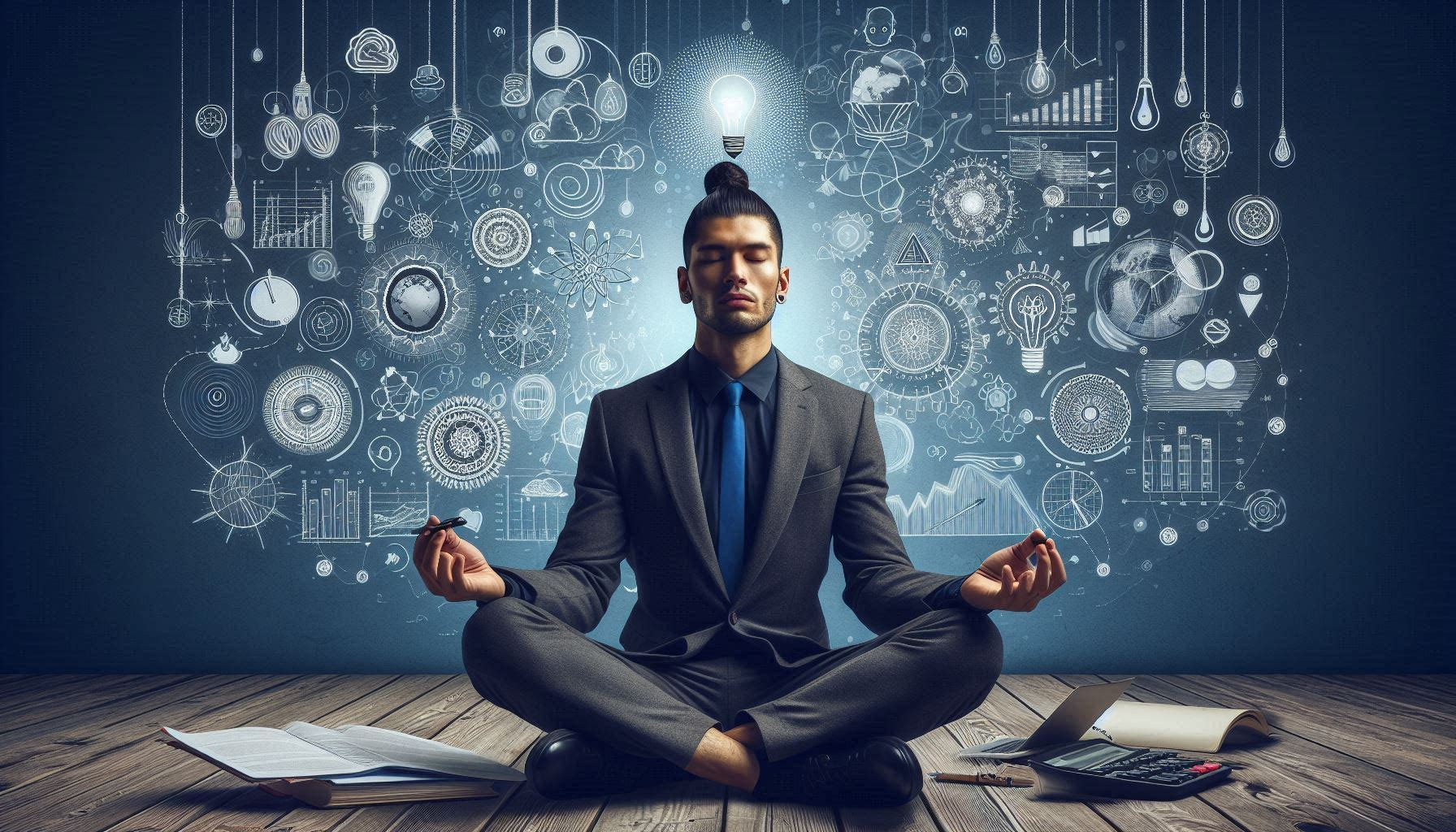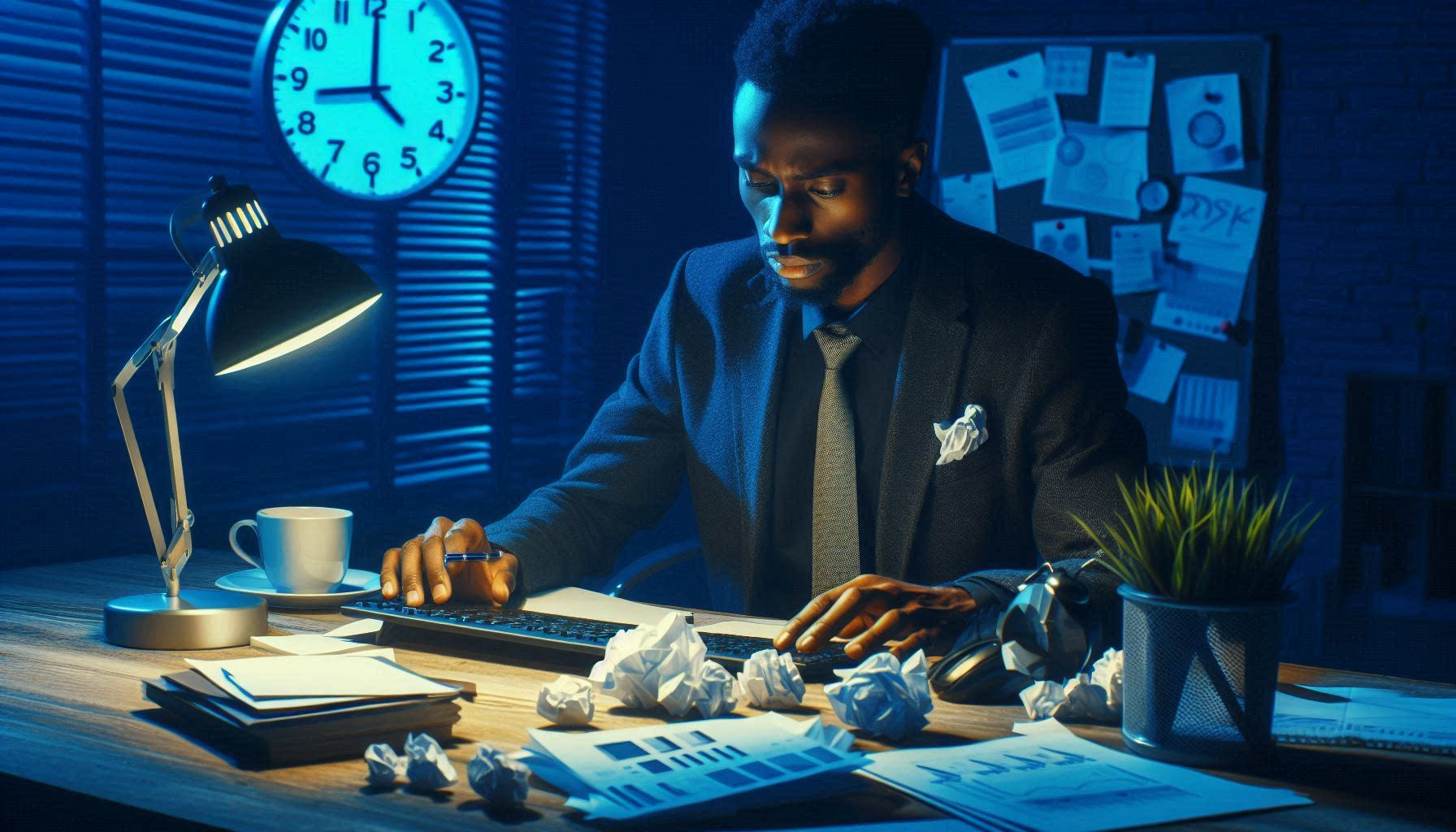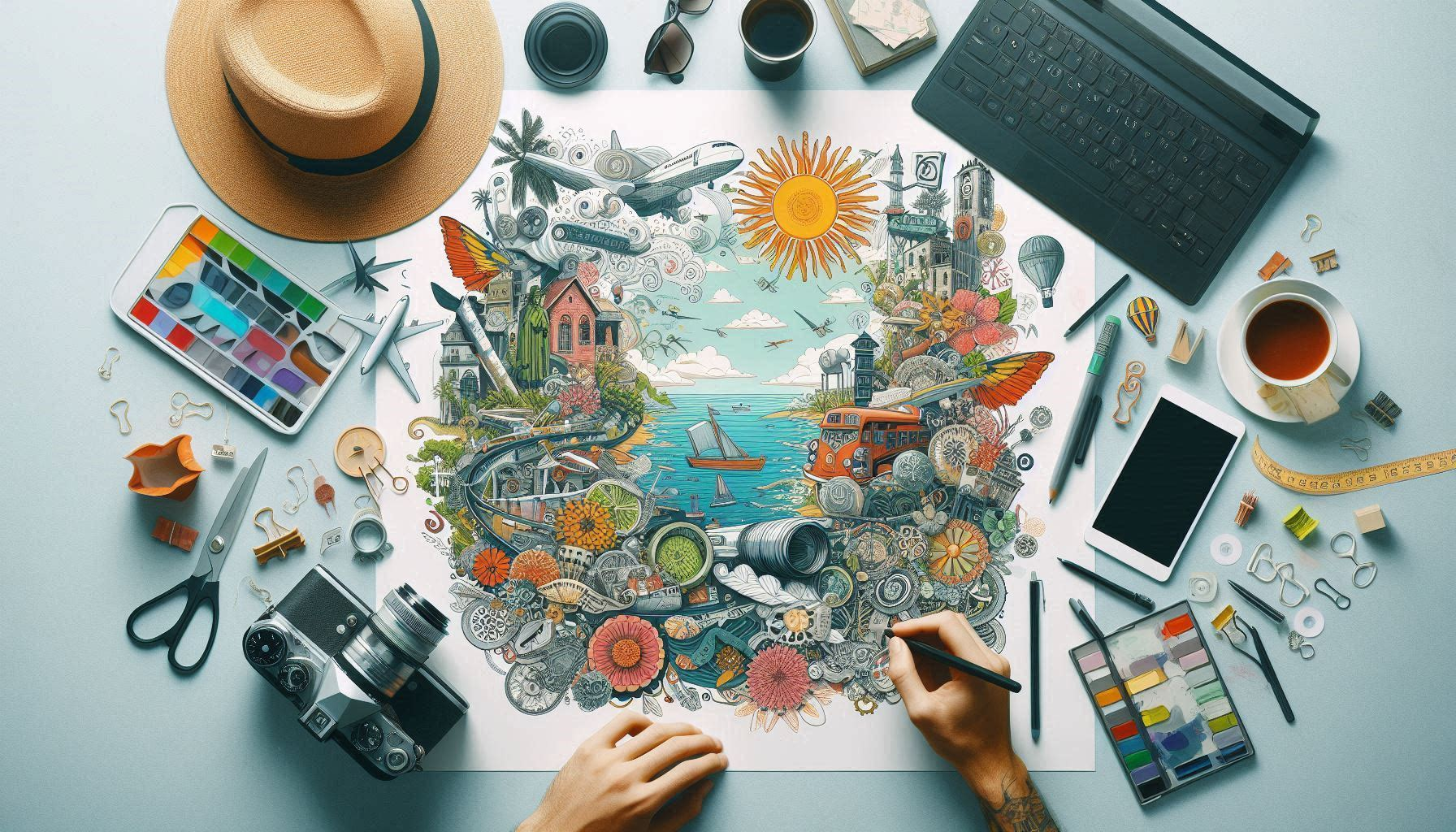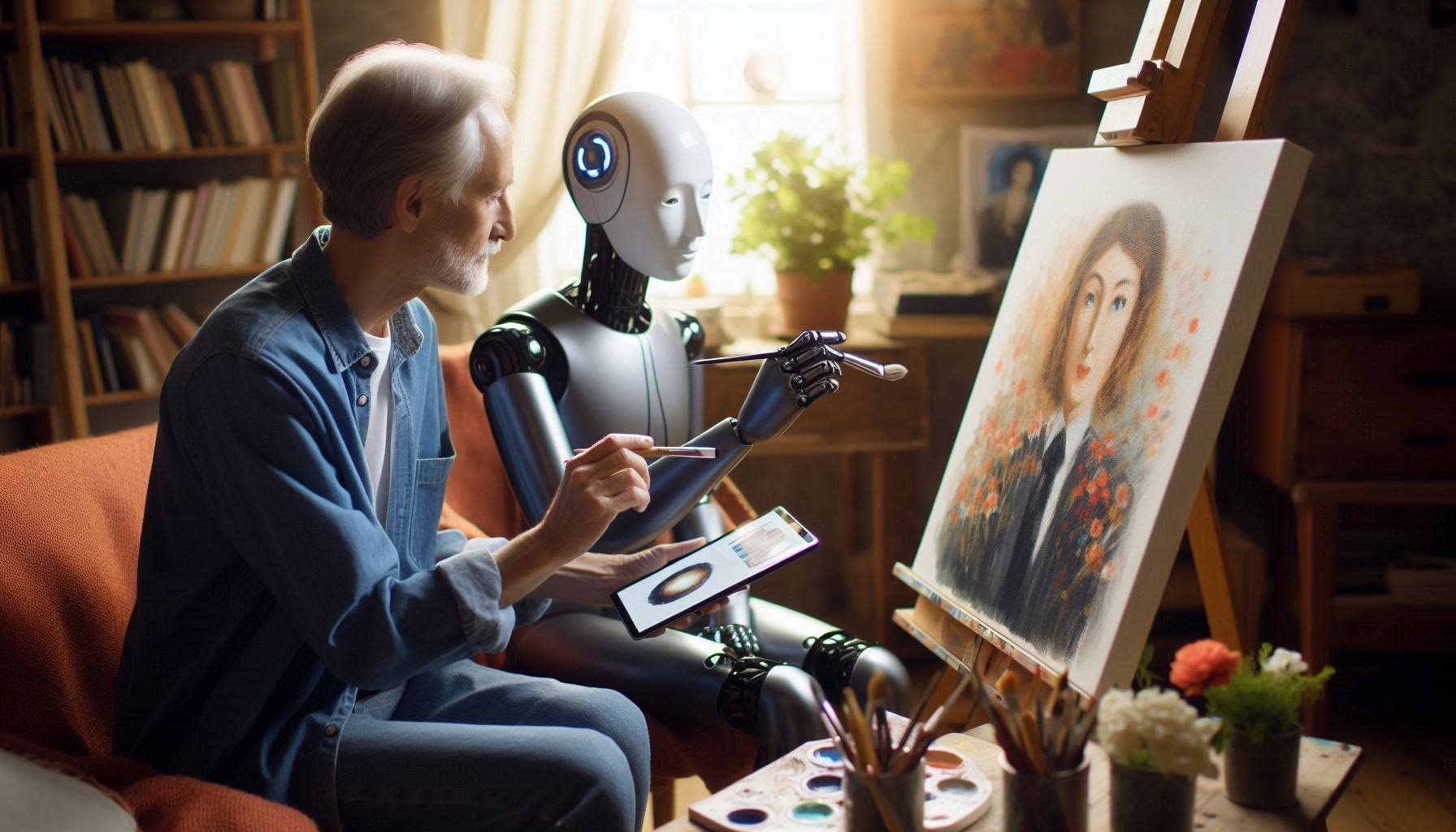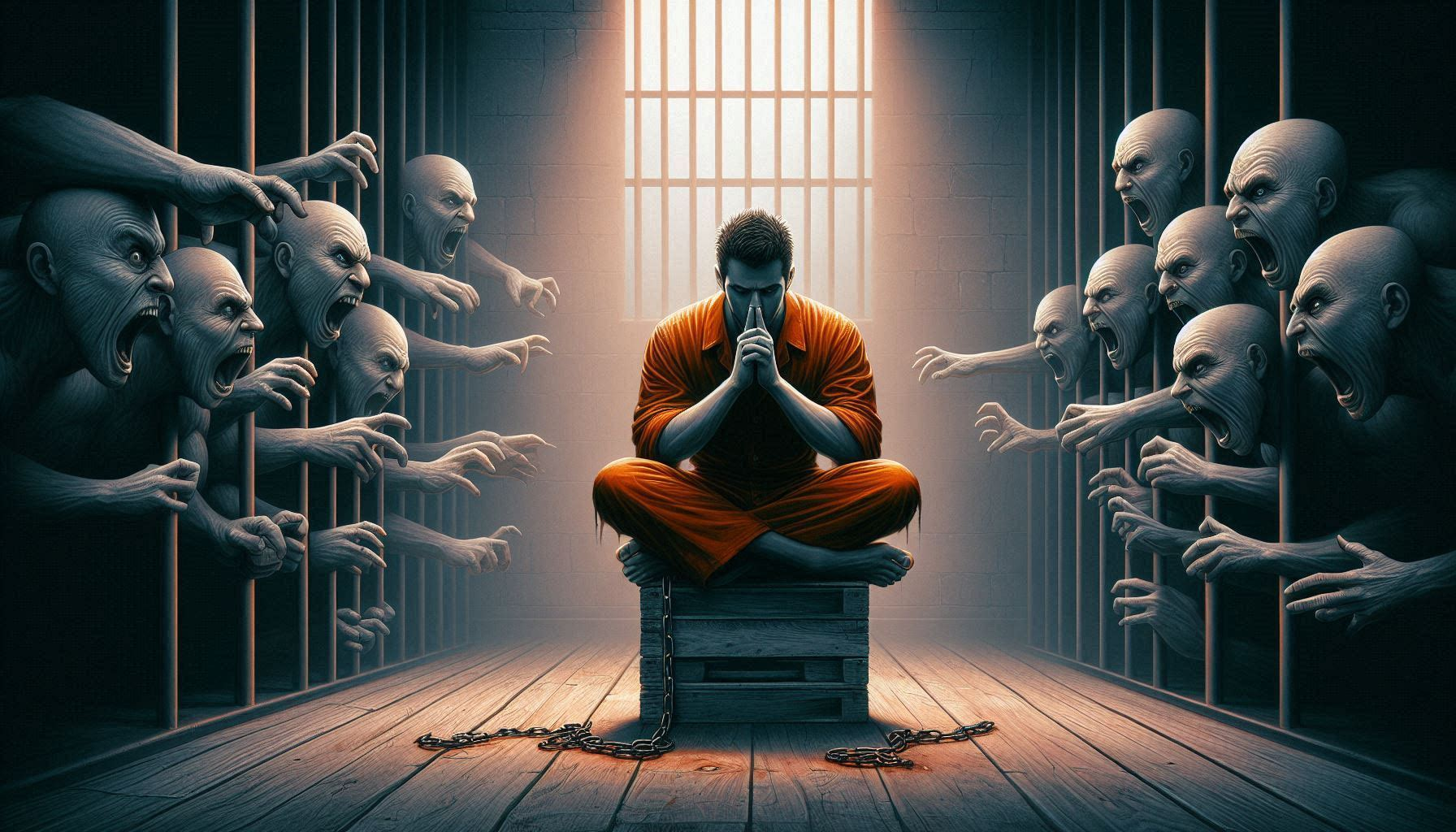In the tapestry of human emotions, anger often stands out as one of the most volatile threads. It can be a driving force for change, a powerful response to injustice, or a destructive fire that consumes everything in its path. Buddha’s profound insight, “You will not be punished for your anger, you will be punished by your anger,” invites us to delve deeper into the nature of this complex emotion and the silent punishment it inflicts upon us.
At first glance, anger seems like a natural response to life’s frustrations and injustices. It can surge when we feel wronged, misunderstood, or confronted by obstacles. Yet, Buddha’s wisdom suggests that the true punishment does not come from external consequences but from the internal turmoil anger creates. This insight challenges us to consider how anger affects our minds, bodies, and spirits.
The Psychological Toll
Anger, when left unchecked, becomes a constant companion, gnawing away at our peace of mind. It colors our perception, making the world seem more hostile and less forgiving. We replay scenarios that fuel our resentment, becoming trapped in a cycle of negativity. This mental loop not only distorts reality but also prevents us from experiencing joy and contentment. The punishment, therefore, is the loss of our mental well-being and the inability to see the beauty in life.
The Physical Consequences
The punishment by anger extends beyond the mind. Numerous studies have shown that chronic anger can lead to severe health issues, such as hypertension, heart disease, and weakened immune function. The body, reacting to the stress of sustained anger, releases adrenaline and cortisol, hormones meant for short-term survival. When these hormones flood our system over prolonged periods, they wear down our physical health. Thus, the anger we harbor punishes us by deteriorating our bodies, reducing our longevity, and diminishing our quality of life.
The Spiritual Damage
On a deeper level, anger disrupts our spiritual harmony. It separates us from our true selves and from others. Spiritual traditions across the world emphasize the importance of compassion, forgiveness, and understanding. Anger, however, erects barriers, isolating us and breeding a sense of separateness. This disconnection from our spiritual core is a profound punishment, as it denies us the experience of inner peace and unity with the world around us.
Breaking Free from Anger’s Grip
Understanding Buddha’s teaching is the first step towards liberation from the punishment of anger. To live free from its corrosive effects, we must cultivate mindfulness and self-awareness. This means recognizing when anger arises and addressing its root causes rather than merely suppressing it. Techniques such as meditation, deep breathing, and reflective practices can help us observe our anger without becoming entangled in it.
Moreover, embracing compassion and empathy can transform our response to anger-inducing situations. By putting ourselves in others’ shoes, we can see beyond our immediate reactions and foster a more balanced perspective. This shift not only reduces our anger but also enhances our relationships and emotional resilience.
The Path to Inner Freedom
Buddha’s wisdom offers a path to inner freedom. By acknowledging that anger punishes us from within, we can take proactive steps to manage and ultimately transcend this emotion. This journey requires patience, practice, and a willingness to change our habitual responses. However, the reward is a life imbued with peace, clarity, and connection.
In conclusion, the punishment of anger is not a decree from an external authority but a self-imposed suffering. By understanding and addressing the true nature of anger, we can break free from its grasp and live more fulfilling, harmonious lives. Buddha’s timeless insight serves as a guiding light, reminding us that the key to liberation lies within our own hearts and minds.
